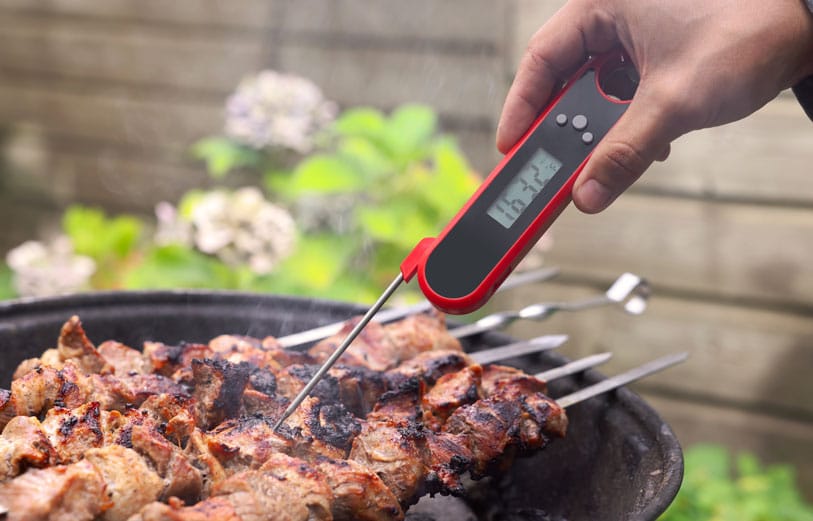Food Poisoning: Causes and Preventive Actions

September is National Food Safety Education Month—an effort to promote how to handle and prepare food safely.
Why is an effort to prevent food poisoning important?
Food poisoning is more common than people realize. In September, the Moultrie County Health Department (MCHD) joins the Illinois Department of Public Health (IDPH) in recognizing National Food Safety Education Month.
The Centers for Disease Control and Prevention (CDC) estimates that 48 million people in the U.S. contract some form of foodborne illness annually. Food poisoning often results in symptoms of nausea, vomiting, diarrhea, fever, and chills.
Among those who become ill, 128,000 are hospitalized annually. Moreover, an estimated 3,000 people die each year from causes attributable to foodborne illness.
How can we help ensure safety in food handling and preparation?
You can reduce your risk of food poisoning when you clean, separate, cook, and chill food properly.
- Clean: Wash your hands and surfaces frequently.
- Germs that cause food poisoning can survive in many places and spread easily. Wash your hands thoroughly for at least 20 seconds with soap and warm or cold water. Furthermore, you should wash your hands before, during, and after preparing food and before eating.
- Make sure everything touching food is clean, including hands, surfaces, cutting boards, utensils, and coolers.
- Finally, rinse fresh fruits and vegetables under running water before preparation.
- Separate: Don’t cross-contaminate.
- Raw meat, poultry, seafood, and eggs can spread germs to ready-to-eat food unless you keep them separate.
- Keep raw meat, poultry, seafood, and eggs separate from fresh fruits, vegetables, and ready-to-eat foods while shopping and storing them in a refrigerator or cooler.
- Use separate cutting boards and plates for fruits, vegetables, raw meat, poultry, seafood, and eggs.
- Cook: Cooked food is safe only after it’s been heated to a high enough temperature to kill harmful bacteria.
- Use a calibrated food thermometer to ensure food is safely cooked.
- Use a food thermometer to ensure food is cooked to a safe internal temperature. Different foods have different minimum cooking temperatures for safety. Use a safe temperature chart to ensure you cook food to the proper temperature.
- Chill: Refrigerate food promptly.
- Chill raw meat, poultry, and cooked leftovers promptly to prevent bacteria from growing.
- Discard any food left out at room temperature for more than 2 hours or 1 hour if the surrounding air temperature is above 90F.
- Place food into shallow containers and immediately put it in the refrigerator or freezer for fast cooling.
What other food safety recommendations are worth consideration?
The CDC also recommends you ask invited guests about food allergies and be aware of the nine major food allergens. These allergens are milk, eggs, fish, crustacean shellfish, tree nuts, peanuts, wheat, soybeans, and sesame. Read food labels and separate foods containing allergens.
Additional information to prevent food poisoning:
Food Safety (IDPH - found online at Illinois.gov)
ABC’s of Food Safety (information and coloring book for children)
Summer Food Safety: Facts and Best Practices article (found online at Moultriehealth.org)

